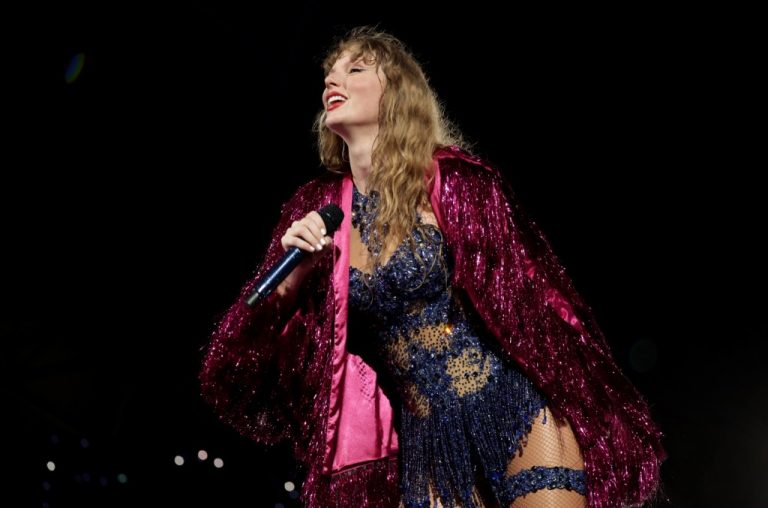Top 10 songs debut on Hot 100 but fewer long-building hits.
A new era has dawned in the music industry, where the rise of singles to the top 10 is faster and more dynamic than ever before. Gone are the days of waiting months for a single to climb the charts; today, 75% of the top hits debut in the top 10 right from the start. Launching a single now resembles the release of a blockbuster movie, with a heavy emphasis on pre-release marketing and the critical importance of first-week results.
Embracing this new approach has its perks. Artists and labels can gauge the public’s reaction to a track well before its official release, thanks to the power of social media teasers. This enables them to allocate promotional resources more effectively and make informed decisions about the track’s potential success. Additionally, the relatively low production costs of songs allow artists to pivot quickly if a track fails to resonate, without investing heavily in its release.
Nick Bobetsky, the manager of Chappell Roan, notes, “The industry used to front-load any strategy before they had the confidence that it’s working. You don’t have to do that now.” This shift in strategy has revolutionized the music industry’s approach to promoting singles and building excitement around new releases.
However, this rapid acceleration in chart success also has its downsides. Many artists and labels struggle to execute long-term campaigns that nurture hits over time, leading to a lack of patience in promoting songs that may take longer to gain traction. J Grand, a former major label A&R, emphasizes the importance of patience and resilience in building successful tracks, even if they don’t achieve immediate success.
Twenty-five years ago, the music industry operated at a slower pace, with chart-topping hits taking an average of 11.6 weeks to reach their peak. However, with the advent of social media and streaming platforms, this timeline has been drastically shortened. The emphasis now lies on early marketing efforts, often starting weeks before a song’s release, to generate anticipation and buzz among fans.
The role of record labels remains central in this new landscape, as they still play a crucial role in promoting and elevating tracks to the top of the charts. Radio continues to be a key driver of music discovery, although its influence among younger audiences has waned in recent years. As the industry navigates the complexities of a digital age with abundant content options, the marketing process has evolved to capture and retain listeners’ attention effectively.
The process of building anticipation for new releases has become an integral part of a song’s success. Established artists like Taylor Swift and Drake effortlessly generate excitement with each release, leveraging their massive fan bases and streaming metrics to achieve multiple top 10 debuts. On the other hand, emerging artists employ social media platforms like TikTok to preview tracks and engage with fans, creating a buzz around their upcoming releases.
The strategy of promoting singles has evolved from a traditional, single-focused approach to a multi-pronged, sustained effort over several months. Persistence, creativity, and adaptability are key to breaking into the top 10, as demonstrated by success stories such as JVKE’s “Golden Hour.” By embracing diverse marketing tactics, engaging with fans, and capitalizing on trending moments, artists can propel their songs to chart-topping success.
In conclusion, the music industry’s rapid evolution in the digital age has reshaped the way artists promote and release singles. While the landscape may be more competitive and fast-paced than ever before, strategic marketing, fan engagement, and perseverance remain essential elements in achieving chart success. By adapting to changing trends and harnessing the power of social media, artists can navigate this dynamic environment and achieve their goals in an ever-changing music industry.








